Rosemary Summers is an amateur taxidermist and a passionate collector of tattoos. To her, both activities honour the deceased and keep their memory alive. After the death of her beloved grandfather, and while struggling to finish her thesis on gothic Victorian novels, she returns alone to Magpie Hall to claim her inheritance: Grandpa’s own taxidermy collection, started more than 100 years ago by their ancestor Henry Summers. As Rosemary sorts through Henry’s legacy, the ghosts of her family’s past begin to make their presence known.
A modern-day ghost story with a twist, this is story-telling at its most visceral and sublime. Magpie Hall is a multi-layered story; a delectable Gothic novel inside a ghost story inside a Gothic novel.
Rachael King brings a sharp, dark edge to this literary drama and a playfulness to the genre of the Gothic novel. She recalls the ghostly spirit of Wuthering Heights and evokes past and present-day New Zealand with intelligence and ease.








